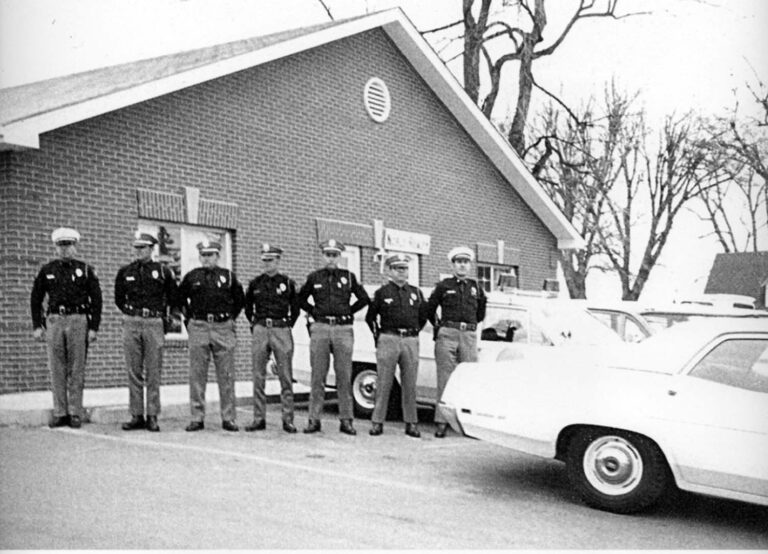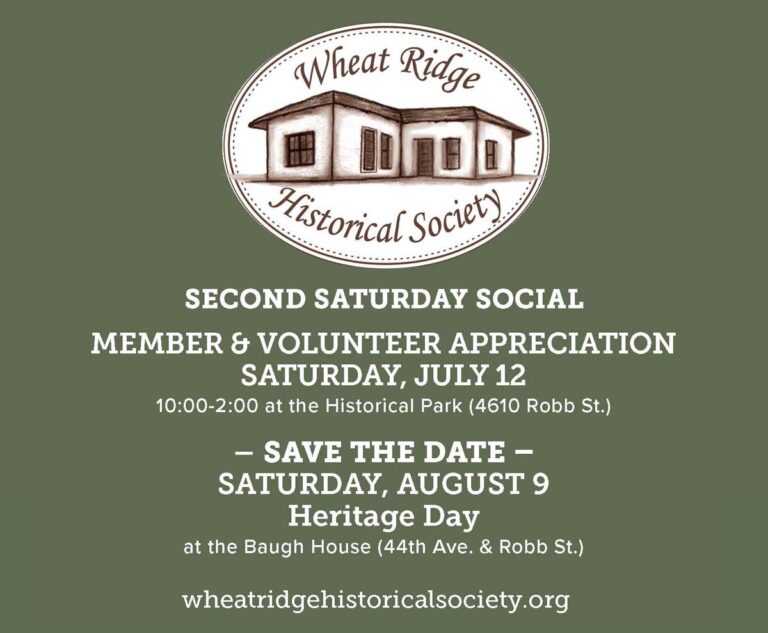With the arrival of each new year, the Historical Society hosts one of my favorite events: the Historical Fashion Show and Tea Party. It’s just ahead on Saturday, Jan. 14, from 10 a.m. to 2 p.m. at the Baugh House. Past gatherings have featured an array of fashions from mid-1800s prairie chic, to slick bowler-topped card dealer types (think Bat Masterson), to Victorian ladies resplendent in their bustled finery.
The discussion that accompanies these “costumes” often illustrates why certain fashions became popular. For example, the bowler hat always seemed to me to be an odd sort of headwear. Come to find out bowlers didn’t even exist until the mid-1800s when an enterprising Mr. William Bowler, a London hat shop clerk, was commissioned in 1850 to create a tough but stylish head covering. When presented with the resulting creation, the client promptly placed it on the floor and jumped on it. Proving its resiliency, it popped back to its original shape, and a whole new look for gentlemen evolved.
The bowler, which is also known as a billycock, bob hat, bombín or derby (in the United States), is a hard felt hat with a low-sitting rounded crown and a curled narrow brim. British horsemen immediately adopted it as a replacement for top hats, which regularly got knocked off when galloping through forested terrain during fox hunts.
Irish working class men embraced the wool hat. Its popularity there coincided with the potato famine of the 1800s when many sought a better life in America. The immigration of Europeans in the 19th century resulted in an explosion of the bowler’s popularity in the U.S. Originally worn primarily by working class men early on, with the turn of the century bowler popularity spread to the middle and upper classes in the UK and along the east coast of the U.S. It naturally spread further with westward expansion.
Historical luminaries, as well as fictional characters of the last 150 years, wore bowlers. Probably the most famous was Winston Churchill. Both Butch Cassidy and the Sundance Kid wore derby hats, here and in their travels; in South America they may have encountered indigenous women wearing bowlers. The fictional character Oddjob, Goldfinger’s manservant in the James Bond movie, wore a razor-edged bowler, which was thrown like a Frisbee and dispatched several characters with malicious ease.
Comedians have favored the bowler through the years. Consider Charlie Chaplin, Lou Abbott of Abbott and Costello, and “Curly” Howard of the Three Stooges who put bowlers to good use. Both Stan Laurel and Oliver Hardy wore bowlers; just to add gravitas, Laurel’s original hat recently sold for 2,000 British pounds! The character “Stymie” was often seen wearing a derby in the Little Rascals.
Musicians, singers and actors also have demonstrated a fondness for the hats. Bing Crosby wore a derby hat in the film “Road to Utopia,” among others, as did the character Wimpy in Popeye cartoons. Another cartoon character, John D. Rockerduck, ate his bowler hat when defeated by Scrooge McDuck. John Bonham, drummer for Led Zeppelin, and Boy George both favored them, as well.
Join us at the Baugh House on the 14th! Now that you’re well-versed in bowlers, you may discover the reason women wore bustles or why men used to wear high heels.






